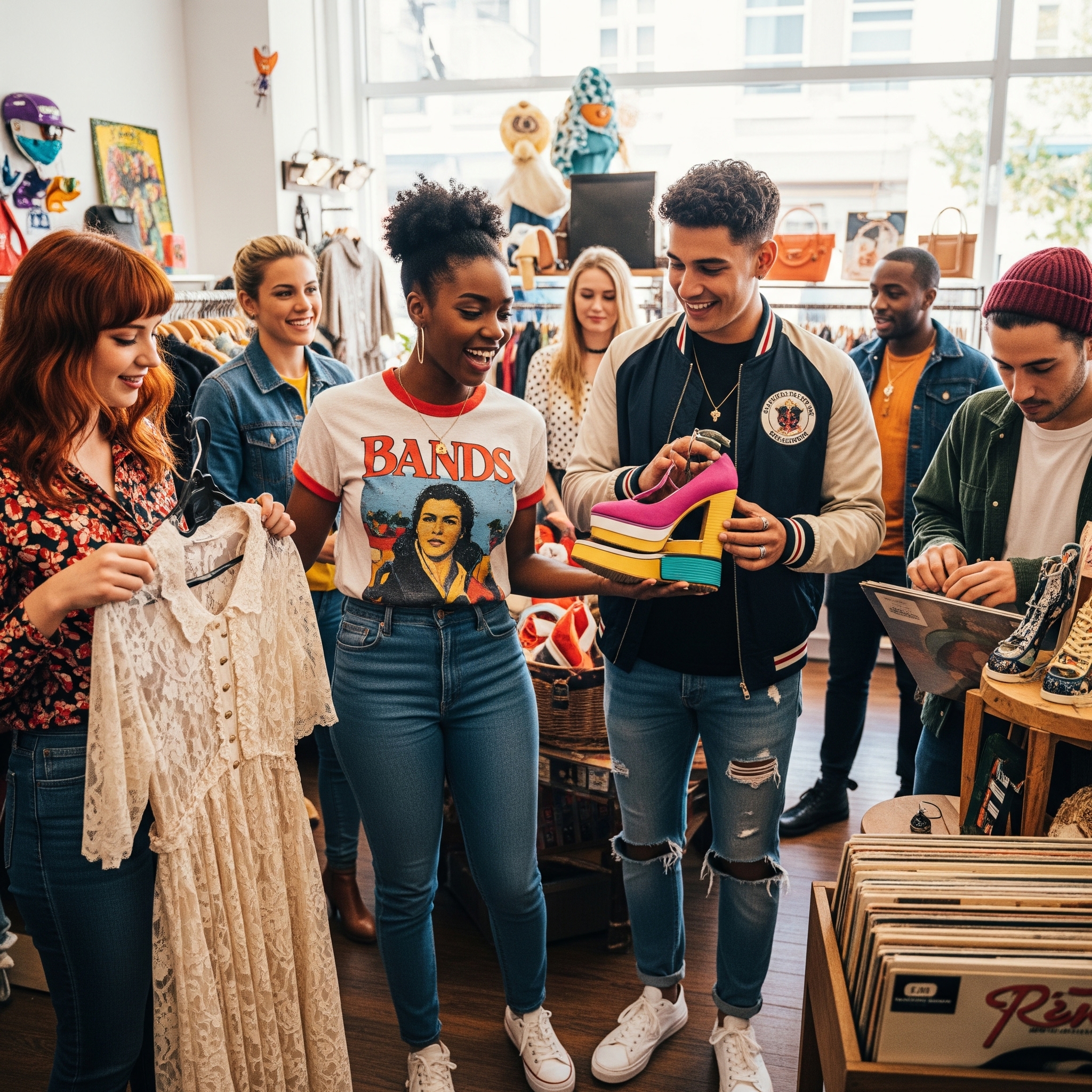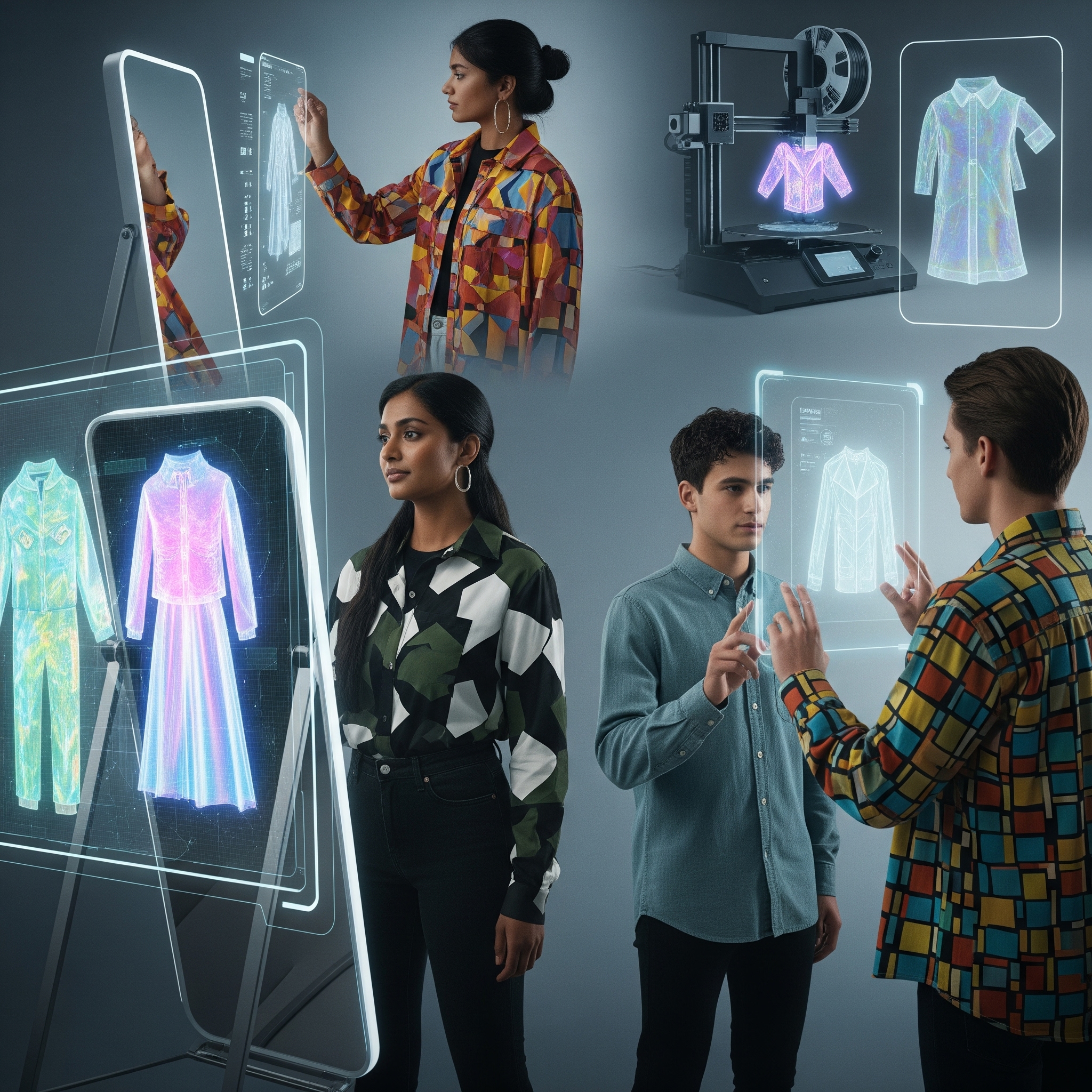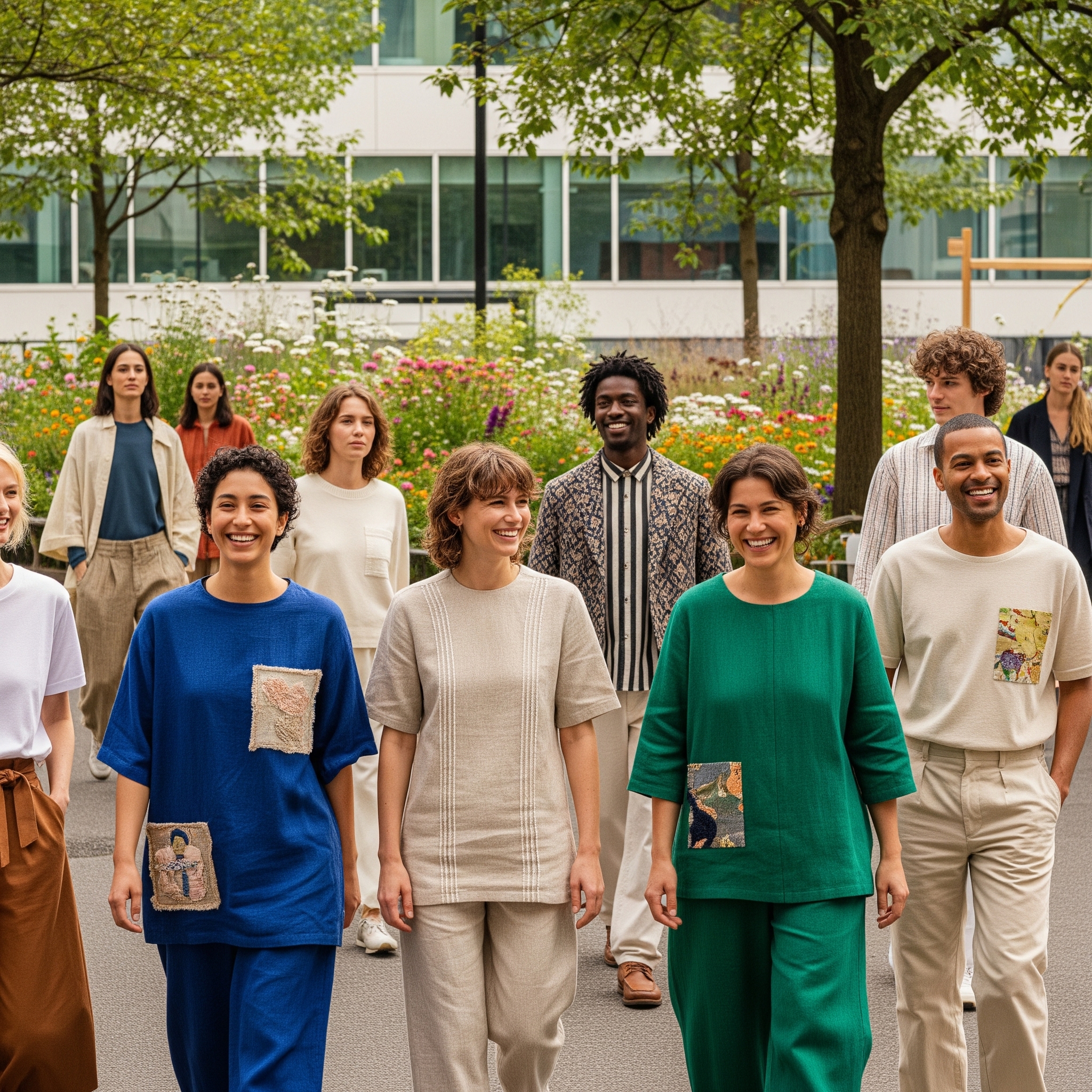No products in the cart.: $0.00
The Resurgence of Vintage and Second-Hand Fashion: A Circular Style Revolution

In an era dominated by rapid trends and disposable clothing, a quieter, yet profoundly impactful, revolution has been brewing within the fashion landscape: the resurgence of vintage and second-hand fashion. What was once relegated to dusty antique shops and charity bins has transformed into a vibrant, highly sought-after sector, driven by a convergence of environmental consciousness, a desire for unique style, and the allure of historical charm. This article explores the multifaceted reasons behind this circular style revolution, examining its benefits, the evolving marketplace, and its profound implications for the future of fashion.
For decades, the mainstream fashion industry operated on a linear model: design, produce, sell, discard. This endless cycle, while fueling consumerism, has led to staggering environmental degradation and ethical concerns. Enter vintage and second-hand fashion, offering a powerful antidote. By extending the lifespan of garments, it directly combats textile waste, one of the most pressing environmental challenges of our time. Every pre-loved garment purchased is one less new item needing to be manufactured, reducing demand for raw materials, water, energy, and minimizing carbon emissions associated with production and transportation. It is, at its core, a tangible act of sustainability.
However, the appeal of second-hand goes far beyond environmental altruism. For many, it’s about the thrilling hunt for unique and distinctive pieces that stand apart from the mass-produced uniformity of fast fashion. Vintage garments carry a story; they embody the craftsmanship, silhouettes, and aesthetic sensibilities of bygone eras. Discovering a perfectly preserved 1970s disco shirt, a meticulously tailored 1950s coat, or a quirky 1990s graphic tee offers a level of individuality that simply cannot be replicated by new purchases. This desire for authenticity and personal expression resonates deeply with a generation that values individuality over conformity.
The rise of social media platforms, particularly Instagram and TikTok, has played a pivotal role in normalizing and glamorizing second-hand shopping. Influencers and fashion enthusiasts regularly showcase their thrift store finds, demonstrating how to style vintage pieces with contemporary items, inspiring millions to explore this alternative retail avenue. The “thrift flip” trend, where garments are bought cheaply and creatively upcycled, further highlights the potential for customization and personal flair inherent in second-hand clothing.
Moreover, the accessibility of second-hand fashion has expanded dramatically. While traditional charity shops and flea markets remain popular, the digital age has ushered in a plethora of online marketplaces. Platforms like Depop, Poshmark, ThredUp, and Vinted have created global communities of buyers and sellers, making it easier than ever to browse curated collections, discover specific eras or brands, and connect with like-minded individuals. These platforms have professionalized the second-hand market, offering sophisticated search filters, secure payment systems, and increasingly, authentication services for designer goods.
The financial aspect is another significant draw. Second-hand clothing often provides access to higher quality fabrics and better construction at a fraction of the original price. This democratization of luxury and good design allows consumers to build a more substantial and stylish wardrobe without breaking the bank. It also offers an entry point for aspiring fashionistas to experiment with different aesthetics and trends without a large financial commitment.
The growing popularity of vintage and second-hand has not gone unnoticed by the wider fashion industry. Many established brands are now exploring their own resale initiatives, often through partnerships with existing platforms, recognizing the market demand and the opportunity to participate in the circular economy. Luxury brands, in particular, are seeing the value in managing the resale of their own products, maintaining brand integrity and capturing a share of the secondary market. This integration signals a significant shift from viewing second-hand as a threat to seeing it as a valuable extension of the fashion ecosystem.
Challenges certainly exist. Sizing can be inconsistent, as vintage sizing differs from modern standards. The condition of garments varies widely, requiring careful inspection. The sheer volume of options can be overwhelming for newcomers. However, these minor hurdles are often part of the charm for seasoned thrifters, who view them as part of the treasure hunt.
The resurgence of vintage and second-hand fashion is more than just a passing trend; it represents a fundamental recalibration of our relationship with clothing. It’s a powerful movement towards conscious consumption, valuing longevity and uniqueness over disposability and fleeting trends. It encourages creativity, reduces environmental impact, and offers an affordable path to personal style. As the fashion industry continues its journey towards greater sustainability, the circular model championed by second-hand and vintage will undoubtedly play an increasingly central role, weaving a richer, more responsible, and truly unique tapestry of style. It’s a testament to the enduring power of well-made clothing and the endless possibilities of giving garments a second life, creating a future where fashion is truly cyclical.


